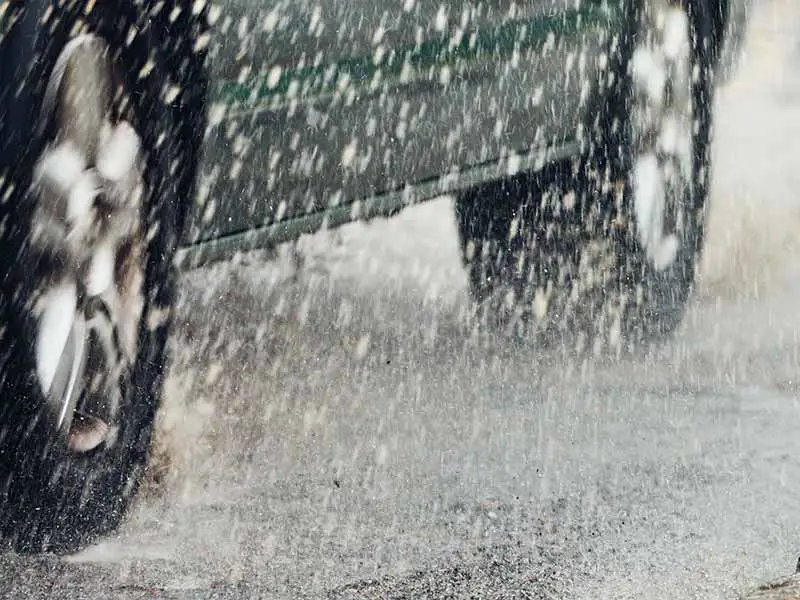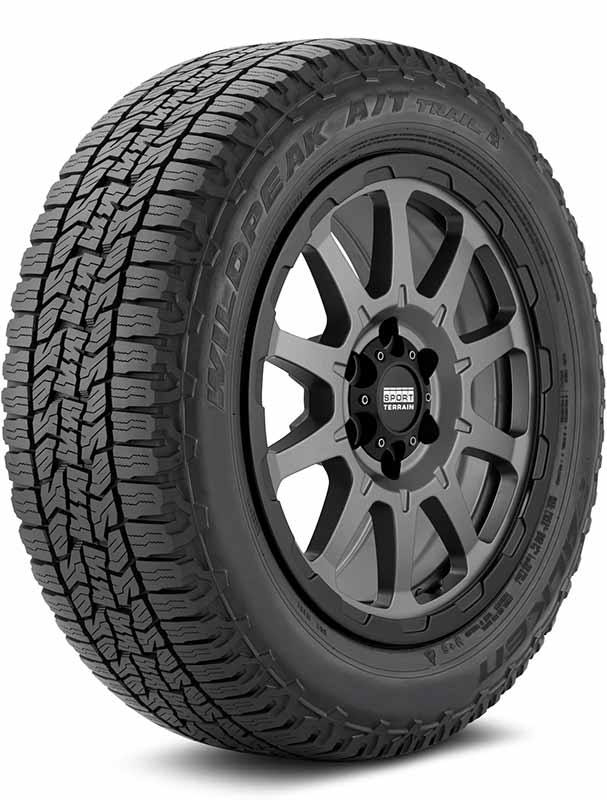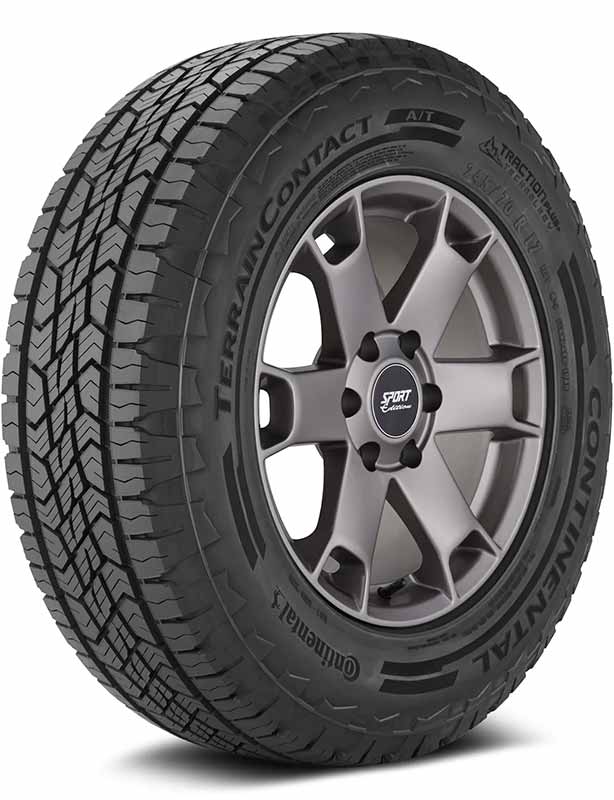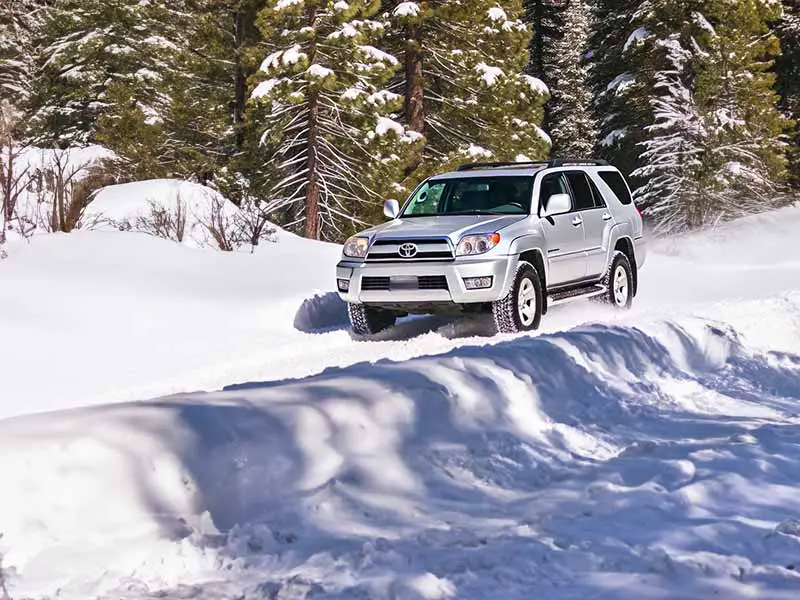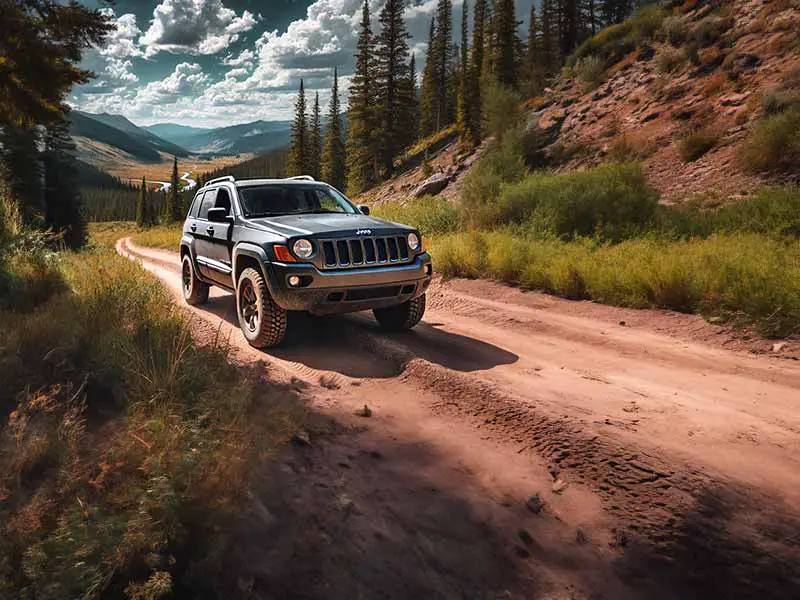Hydroplaning is a scary experience. It’s responsible for many serious accidents in wet road conditions. But what exactly is going on?
It takes water and speed to hydroplane. Tread depth is also a factor that can drastically increase the risk.
What Is Hydroplaning
Hydroplaning is when your tires can’t move water out from underneath themselves fast enough.
Your vehicle lifts slightly and glides on a thin layer of water, causing you to lose traction and the ability to control your car or truck.
It’s important to understand the causes of hydroplaning and how to regain control safely.
Let’s take a closer look.
Hydroplaning Accident Video
What Is Hydroplaning
Hydroplaning occurs when your tires can’t move water quickly enough from underneath the tire’s contact patch. As you travel down the road the tread grooves are responsible for allowing the water to flow away from underneath the tires, but the faster you drive the more water piles up in front of the tire.
When hydroplaning occurs, your tires float on top of the water and you lose contact with the road surface and control of your vehicle.
As you drive faster you eventually drive faster than the tires can channel away water and you experience hydroplaning. The speed of hydroplaning will become lower and lower as your tires wear down.
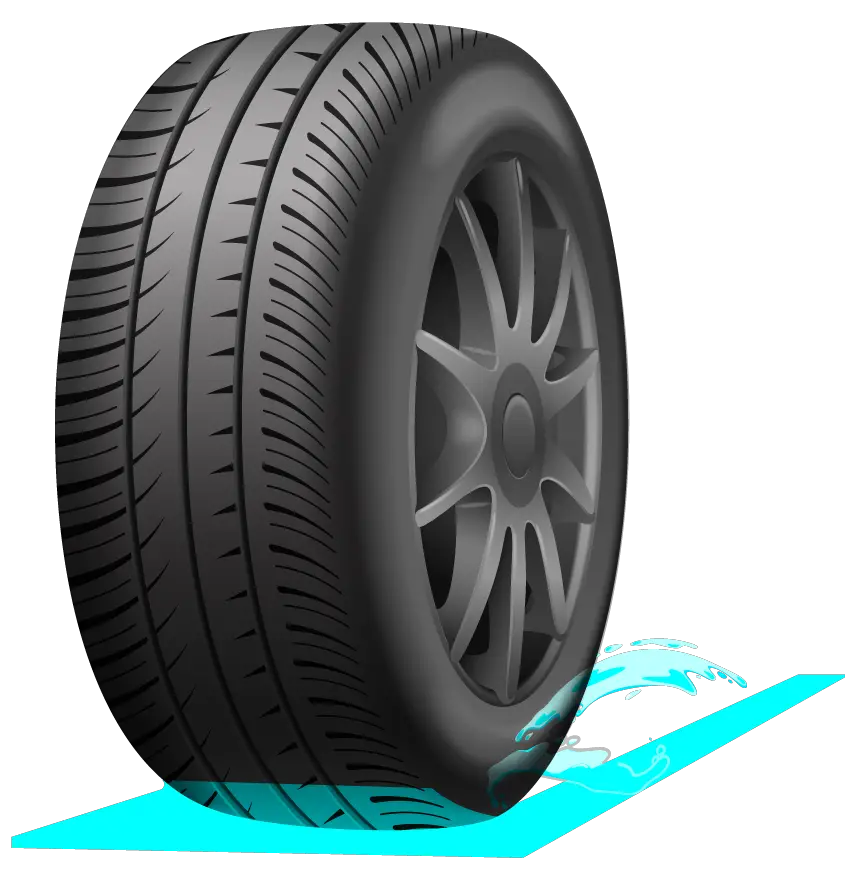
What Causes Hydroplaning
The primary causes of hydroplaning are speed and rain. But there are many other contributing factors. Let’s break down each one and how they affect the chances of hydroplaning.
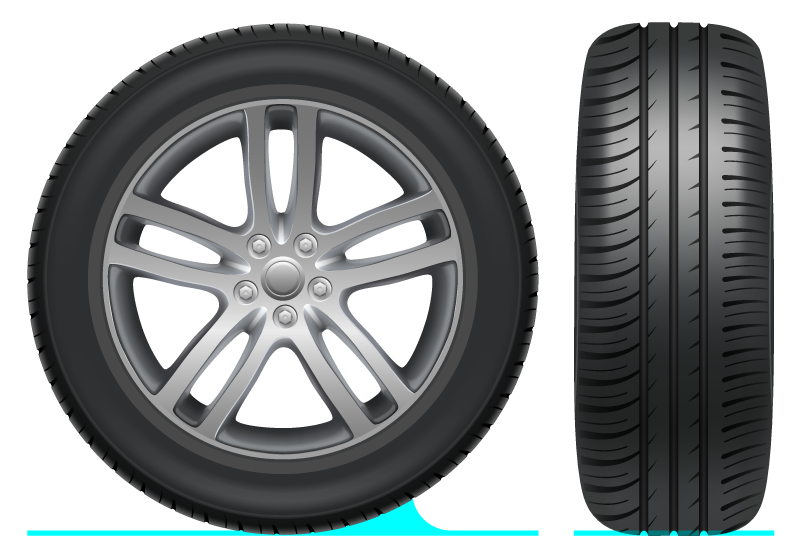
Amount Of Water On Road Surface
Without rain or water on the pavement, you obviously aren’t going to hydroplane. The amount of water can make a big difference in the likelihood that your car or truck will hydroplane.
It takes very little water for hydroplaning to become possible, but it does take more than the pavement simply being damp.
A light sprinkle may cause the road to become slick and make it more difficult to maintain traction, but this isn’t the same as hydroplaning.
The more water on the road surface, the more likely it becomes for your tires to be overwhelmed by the amount of water and not be able to channel it fast enough out from underneath the contact patch of your tires.
Moderate rains will create a thin layer of water across the entire roadway and create the ideal conditions for hydroplaning to occur.
It’s not uncommon for ruts to form in asphalt over time on heavily-traveled roads. These ruts allow water to collect and pool and will increase the volume of water that the tires need to channel away from underneath the contact patch of the tire.
Ruts aren’t the only cause of standing water. There are several ways water can collect and make it difficult for your tires to cope with the amount of water.
Ideally, the road surface is crowned so that water flows off the sides of the road and into the grass or drains on the roadside.
Unfortunately, perfectly smooth and crowned roads don’t exist in reality. Imperfections create places where water can pool on the wet pavement and increase opportunities to experience hydroplaning.
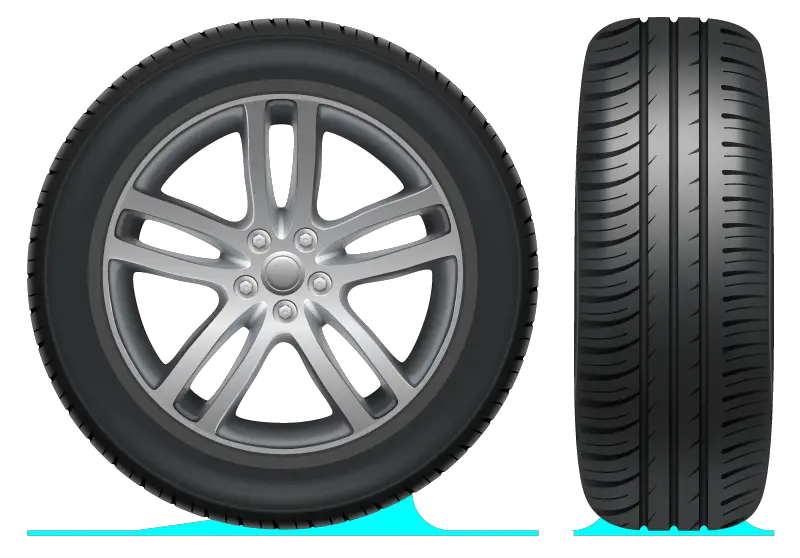
Vehicle Speed
Your vehicle’s speed is the single most important factor that contributes to the likelihood of hydroplaning. If you’re experiencing heavy rain and standing water you should reduce your speed.
Many don’t regularly drive at the speed limit, but you should strongly consider reducing speed to the speed limit or below during heavy rain and try to avoid puddles and standing water as much as possible.
Hydroplaning can occur at speeds as low as 35 mph or even lower. This is especially true if the amount of standing water is higher, you have worn tires, your vehicle is lightweight, and your tires are wider than average.
Tire Tread Depth
The next most significant contributing factor is tread depth. When your tires are nearing the minimum legal tread depth of most states, there is very little room left in the tread grooves to allow water to channel away and out from underneath the contact patch of the tire.
As tread depth approaches 2/32″, the ability of your tires to channel water effectively begins growing faster and faster. For instance, the difference in performance on the wet pavement of new tires and tires that are recommended to be replaced with only 4/32″ is the same as the difference between 4/32″ and the legal minimum of 2/32″ of tread depth.
Tire Width
The wider your tires are the more the chances of hydroplaning increase. If you think about water skis, you can picture that wider skis will stay on plane more easily than thin ones. Just as you can imagine that using thin blades instead of wide skis would make it extremely difficult to ski across the water’s surface.
Narrow tires act more like a knife edge cutting through the water and focusing the vehicle’s weight onto smaller points. Wide tires act like skis supporting your car or truck better by distributing the weight over a wider area.
Vehicle Weight
Vehicle weight and tire width go hand in hand. Heavy cars and trucks with narrow tires will be far less likely to experience hydroplaning than a lightweight vehicles with wide tires.
Weight has a lot of downsides, but this is one of the situations where it is a benefit.
How To Avoid Hydroplaning
There are two main scenarios to focus on to prevent hydroplaning. While you’re behind the wheel in the rain, and before you hit the road and are in the middle of a rainstorm.
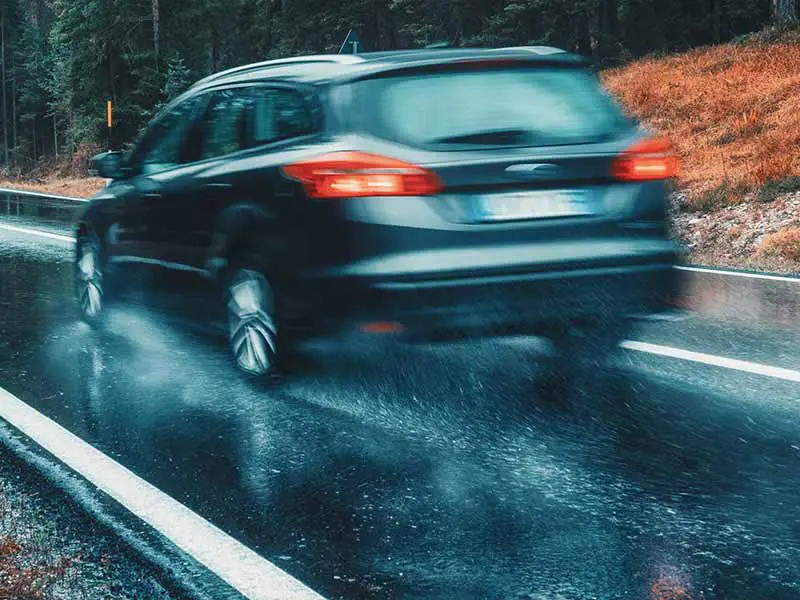
How To Avoid Hydroplaning While Driving
The time the risk of hydroplaning is most likely on your mind is when you’re driving through a heavy rainstorm or dealing with lots of pools of standing water and extremely wet roads.
Here are the most important considerations to reduce the chance of losing control.
Reduce Speed
Reducing your speed is the single most effective way to reduce the opportunity of experiencing hydroplaning. The risk of hydroplaning increases the faster you drive.
Many regularly drive above or well above the posted speed limit. This is a situation where you should definitely keep it at or below the speed limit.
Slowing down can counteract previously mentioned contributing factors such as worn tires, wide tires, and lightweight.
Avoid Puddles And Standing Water
Pay attention to how water is pooling on the road surface and try to avoid the puddles. If you see ruts in the road with more puddles try to avoid those and move your car or truck slightly to one side.
On particularly smooth pavement you may be better off following in the tracks of the vehicles ahead of you. Their tires will push water off to the sides and leave a path with less water depth for you to follow through.
Don’t Use Cruise Control
A common sense suggestion is to avoid using your cruise control in heavy rain and wet conditions.
One of the first things you’ll want to do if you experience hydroplaning is to take your foot off the gas. If your cruise control is on it will force you to disengage the cruise control before releasing the accelerator will have any effect.
If you’re like many, tapping the brake pedal to disengage cruise control is a habit. If you’re slightly panicked you may press more aggressively than you may intend and sudden braking can be dangerous.
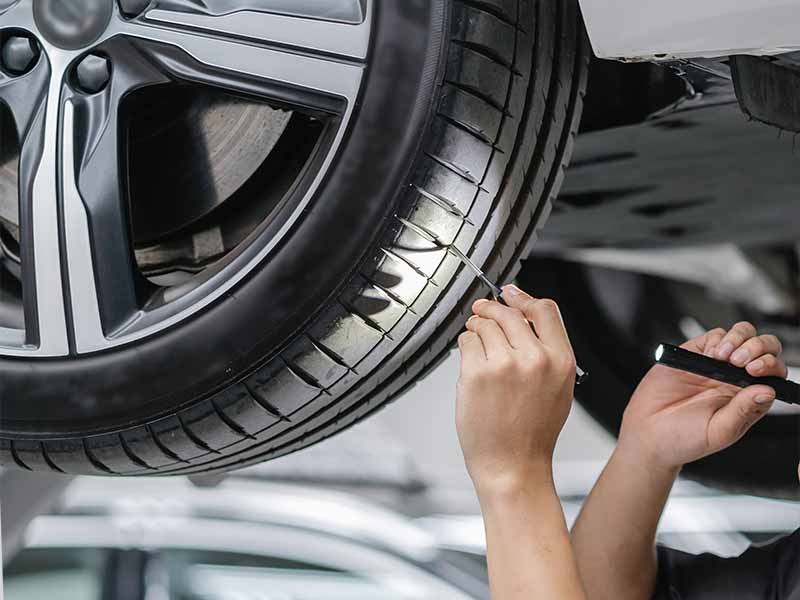
Keep Your Tires Well Maintained
Tire maintenance is one of the most effective things you can do to help improve your chances to resist hydroplaning. Your car’s tires are designed to channel water out from underneath your tires. If they are unusually worn or suffering from uneven tread wear or improperly inflated they won’t be able to perform as well as they should.
Tread Depth
Tread patterns are designed to maintain traction on wet road surfaces. As the tread depth wears down they slowly lose their ability to efficiently move water out from underneath your tires.
It’s recommended that you replace your tires when they reach 4/32″ of tread depth remaining instead of allowing them to continue to wear down to the minimum depth of 2/32″.
The reason it’s recommended you replace your tires slightly early is that the loss of performance difference between new tires with 10/32″ of tread depth and 4/32″ is the same as the performance loss between 4/32″ and 2/32″.
As you can imagine, tires with only 2/32″ of tread remaining will have very shallow tread grooves for water to flow through.
Properly Inflated
Tire pressure is important to ensure your tires come into contact with the road surface properly.
Overinflated tires will balloon outward slightly and ride on the center rib of the tread. Under-inflated tires will collapse slightly and cause the sidewalls to support the tires more, causing the outer edges of the tires to do all the work while the center of the tire tread will not be properly gripping the wet pavement.
Many rely on their tire pressure monitoring system to alert them when they need to add air to their tires. Unfortunately, TPMS usually only activates once a tire has lost 25% of the recommended pressure listed on the tire information sticker in your driver’s door jamb.
For this reason, we recommend checking your tires yourself regularly.
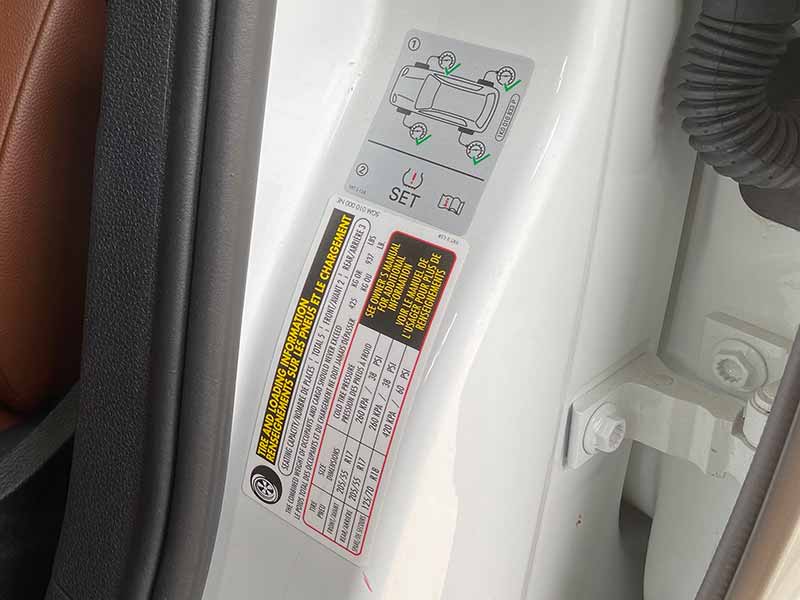
Tire Rotation
Tire rotation helps even tire wear out. Each tire position around your car or truck wears the tires differently. This is especially true between the front tires and rear tires.
This helps slow tread wear and keeps your tires performing better and lasting longer.
Regularly rotating your tires is also commonly a requirement for maintaining the warranty that tire manufacturers provide on most tires. Rotating your tires every 5,000 miles will usually meet or exceed the requirements of most warranties.
Wheel Alignment
Poor alignment is often the cause of uneven wear problems. The alignment will fall out of spec over time due to potholes, curb strikes, and worn suspension components.
It’s recommended to have an alignment performed every 10,000 miles to help ensure even tire wear and spot suspension wear early.
Regular Balancing
Regular tire balancing is one of the tire maintenance practices that often gets overlooked. Rebalancing your tires every 10,000 miles is recommended to help ensure even wear.
As your tires wear they can become unbalanced. Over time, your wheels can also suffer bends due to potholes and curb strikes. This will also cause balance problems even if the wheel damage isn’t significant enough to require replacing the wheel.
Lastly, wheel weights can get lost over time due to not being properly adhered to or attached.
Unbalanced tires will bounce as they spin and this causes reduced traction and uneven wear.
Hydroplaning Speed
Hydroplaning can occur at speeds as low as 35 mph or less but is much more likely to happen the faster you are driving.
The more factors you have that may cause you to lose traction and begin hydroplaning the slower you should consider driving in wet road conditions.
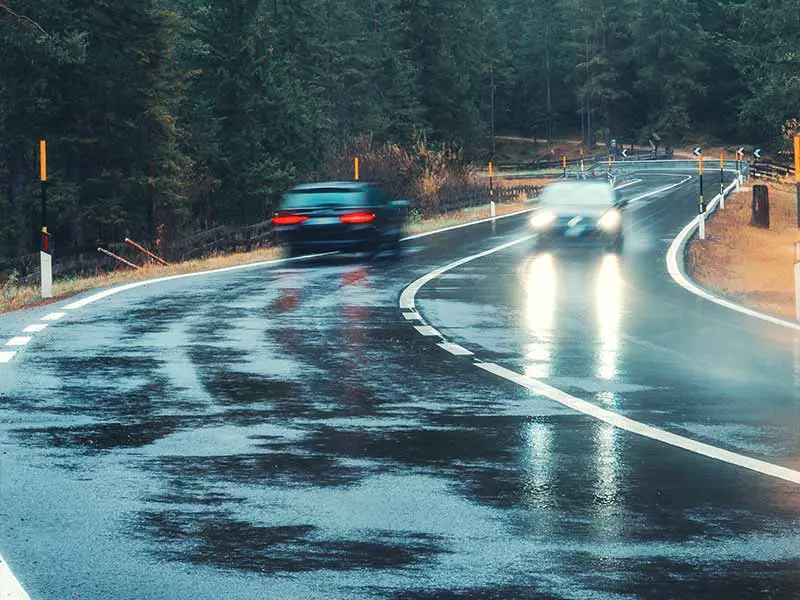
What To Do When Hydroplaning Occurs
If your car hydroplanes, you should stay calm and follow these suggestions to help regain traction.
Take Your Foot Off The Gas
Take your foot off the gas and avoid the urge to press the brake pedal. When you lose contact with the pavement your brakes will have no effect and make it more difficult to regain control on the wet surface when your car begins to come back into contact with the road.
Keep The Steering Wheel Steady
If your car hydroplanes and continues on a straight path keep the steering wheel pointed in that direction. If you are beginning to skid steer into the skid to help you regain traction safely.
Avoid sudden steering wheel moves and try to pay attention when the vehicle regains traction.
Avoid Coming To A Stop
Once you regain control after you lose contact with the road you may be inclined to hit the brakes and come to a stop for a few moments. This is a bad idea since the vehicles behind you may also experience hydroplaning and could lose control and run into you.
If you feel the need to regain your composure before continuing on finding a safe place to pull over away from the immediate area where other cars and trucks could slide into you.
What Does Hydroplaning Feel Like?
If you’ve never experienced the sensation of hydroplaning you should consider yourself lucky. It’s quite an unsettling event.
You may notice a change in sound coming from your tires if you’re paying attention. More likely, you’ll notice hydroplaning when you feel your car or truck not reacting in the way you intended it. This may be it not turning, accelerating, or stopping as it would normally.
The sensation is often described as floating or gliding and a loss of control. Once the tires reconnect with the pavement you may feel a slight jolt as the car or truck jerks from the difference in speed of the tires compared to the speed of the slide.
Traction control systems and anti-lock brakes may be helpful when you regain control but may flash lights on your dashboard while you’re in the middle of a hydroplaning event.
Resources
Below are some links you may find helpful when learning about tires
- Avoid hydroplaning through tire & driver education – Bridgestone
- 10 safety tips for driving in the rain – Les Schwab
Final Thoughts
All tires are designed to resist hydroplaning, but tires with uneven tire wear or tires will low tread depth will be at a significant disadvantage.
No matter new your tires are and how good shape they may be in, if you’re driving too fast they can’t prevent hydroplaning.
You should always slow down and avoid puddles and standing water. Remain calm if your car hydroplanes and continue on once you finally regain control.
Good luck and happy motoring.
